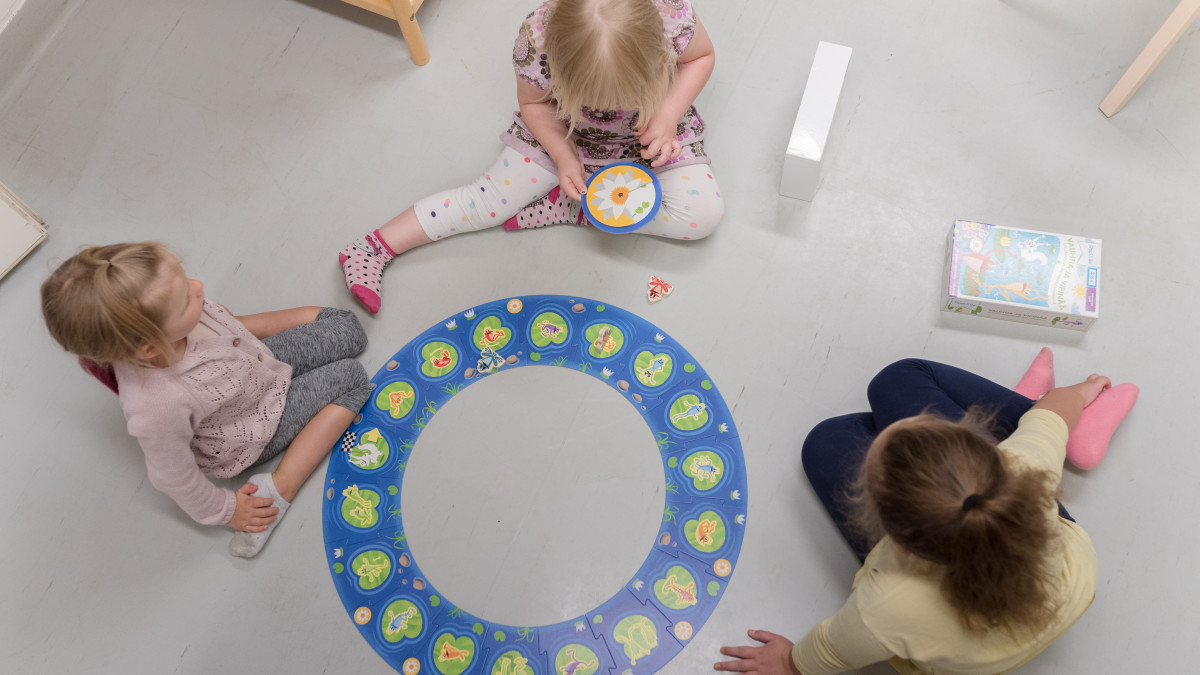
Population statistics show the direction for the future of kindergartens and schools
If the predictions are to be believed, the number of children in Imatra will decrease in the coming years.
By the year 2030, it is predicted that there will be around 250 fewer children under school age than at this moment. The number of schoolchildren in basic education will decrease by more than 600 children in the same time - the amount of one school center.
- According to the forecast, 2030 children will start elementary school in 145, which is more than 50 less than in 2021, says Minna Rovio, head of education and youth.
How does the decrease in the number of children affect the operation of school centers and kindergartens?
The facilities of the school centers are flexible
The good news is that it won't come as a surprise.
The prediction of a decrease in the number of children has been known to office holders and decision-makers for years, including when the plans for the Vuoksenniska, Mansikkala and Koske school centers were being planned.
- For this reason, the school centers are designed so that the facilities are flexible as needed, Rovio says.
In the Koski and Mansikkala school centers, some students study in modules, which can be thoughtfully taken out of use as the number of students decreases. According to the plan, the first Koske school module and the Mansikkala school modules on the Linnalaa field
will be removed in 2025 and Koske's second module in 2031.
- This schedule is flexible if necessary. The situation is re-examined every year when the student number forecasts become more precise, Rovio says.
Changes to kindergartens as well
Early childhood education is offered in different parts of the city. This will also be the case in the future.
However, some changes to the kindergarten network are planned.
- Rautio's daycare center will move to the Vuoksenniska daycare center's property after space becomes available there. Plans have also been made for some other properties, says early childhood education manager Minna Leinonen.
An exact timetable for the changes cannot yet be given, as the situation is constantly evolving. Not all children participate in early childhood education and, for example, it is difficult to predict the number of immigrants.
- Now we are anxiously watching the statistics. Time will tell in which direction the development is turning. This year, during the first six months, the total net migration was surprisingly up by 35 people, when, for example, at the same time last year, the number was 69 people at zero,
Mayor Matias Hilden says.
Training is offered to the personnel
When there are fewer children, the need for staff also changes. Provision has been made for that as well.
National guidelines and legislative reforms are closely monitored. Personnel plans for basic education and early childhood education have been drawn up until 2030. The plans are reviewed and refined annually and, for example, the staffing needs of the schools
will be reviewed for each school year together with the principals.
Personnel are also encouraged to train.
- For example, a class teacher can train to become a special class teacher. The city supports studying whenever possible, Rovio states.
This article is related to the residents' appendix 3/2023 of the city of Imatra, which was published on Sunday, February 27.8. Between the news year. Read the attachment in its entirety from this link.
Prediction: in 2030 there will be hundreds fewer children
Number of children under 6 years of age
- in 2021: 1154
- in 2025: 990 children (forecast)
- in 2025, 10 fewer kindergarten groups will be needed than in 2021
- in 2030: 905 children (forecast)
- in 2030, 15 fewer kindergarten groups will be needed than in 2021
Those starting elementary school
- in 2021: 203 children
- in 2025: 169 children (forecast)
- in 2030: 145 children (forecast)
- by 2030, 622 fewer children in basic education than in 2021
Source: Statistics Finland
Write a comment